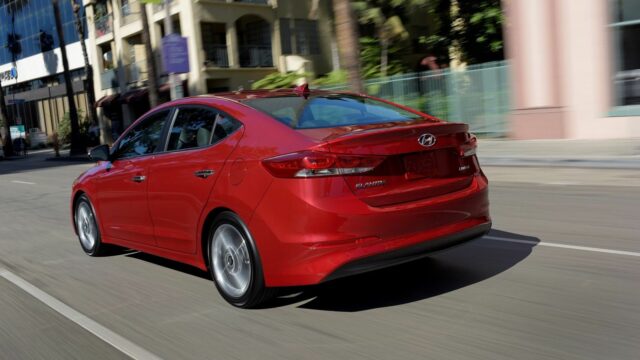It was originally revealed in Korea a few months back, but Hyundai did’t show the US-specific version at that venue
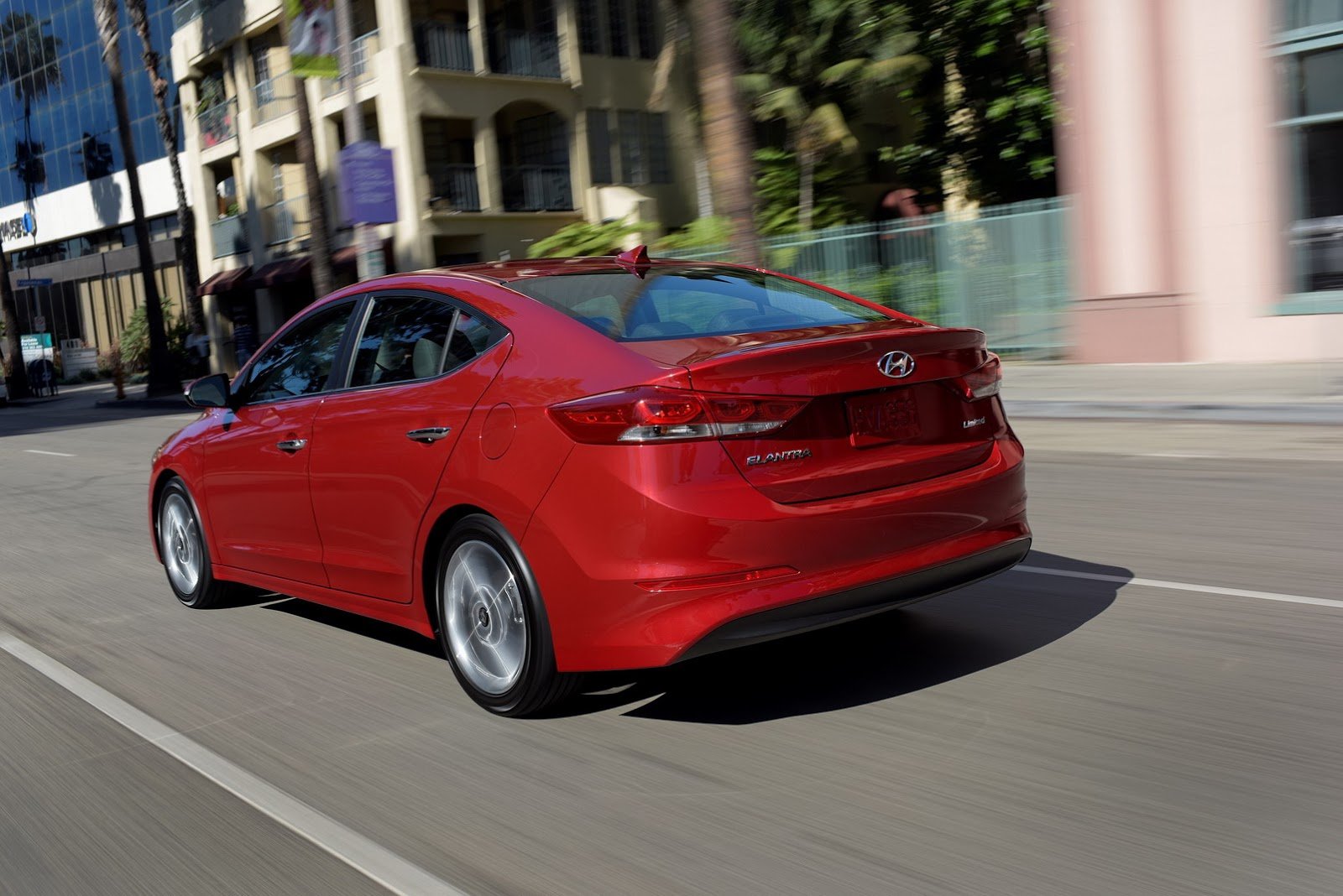
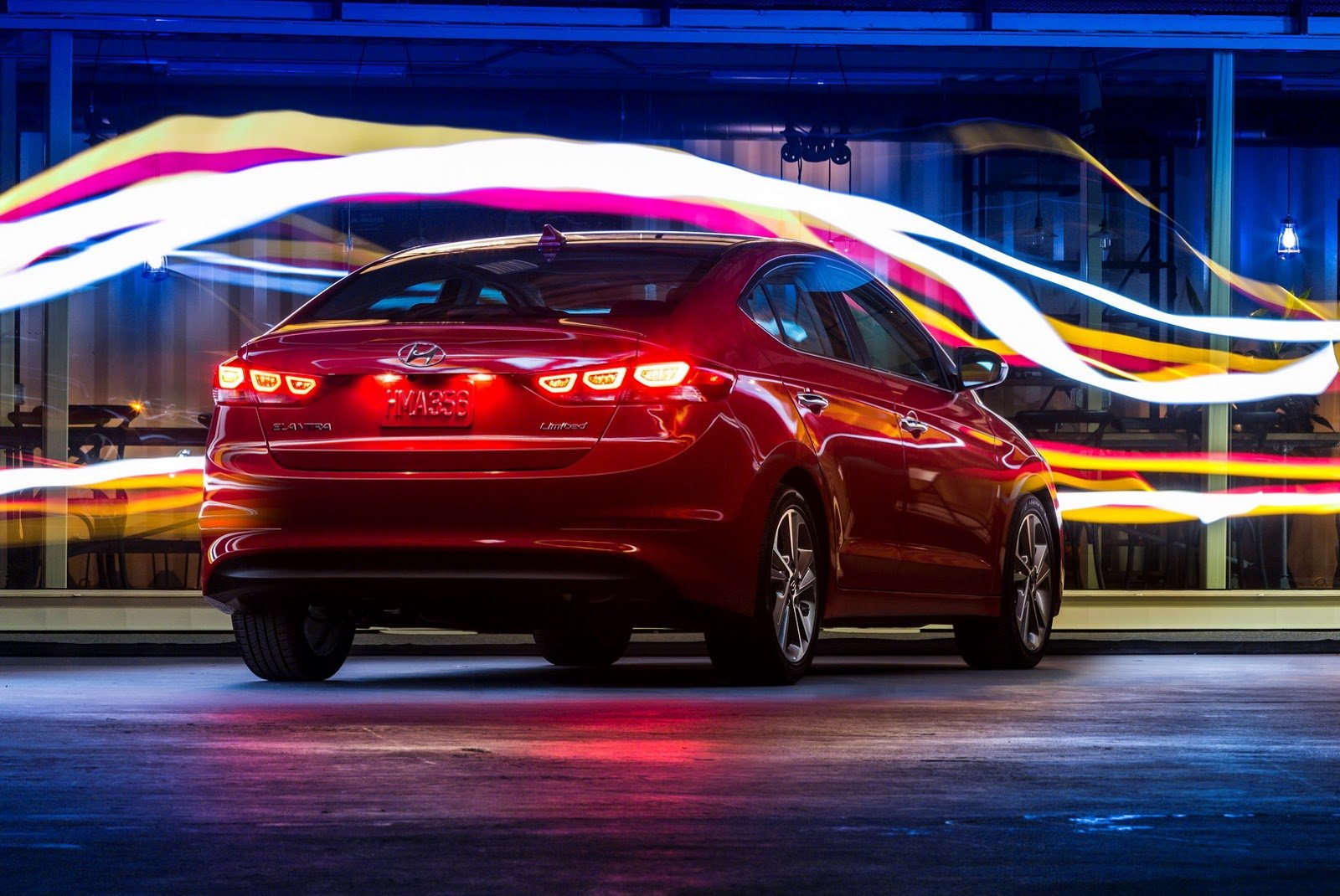
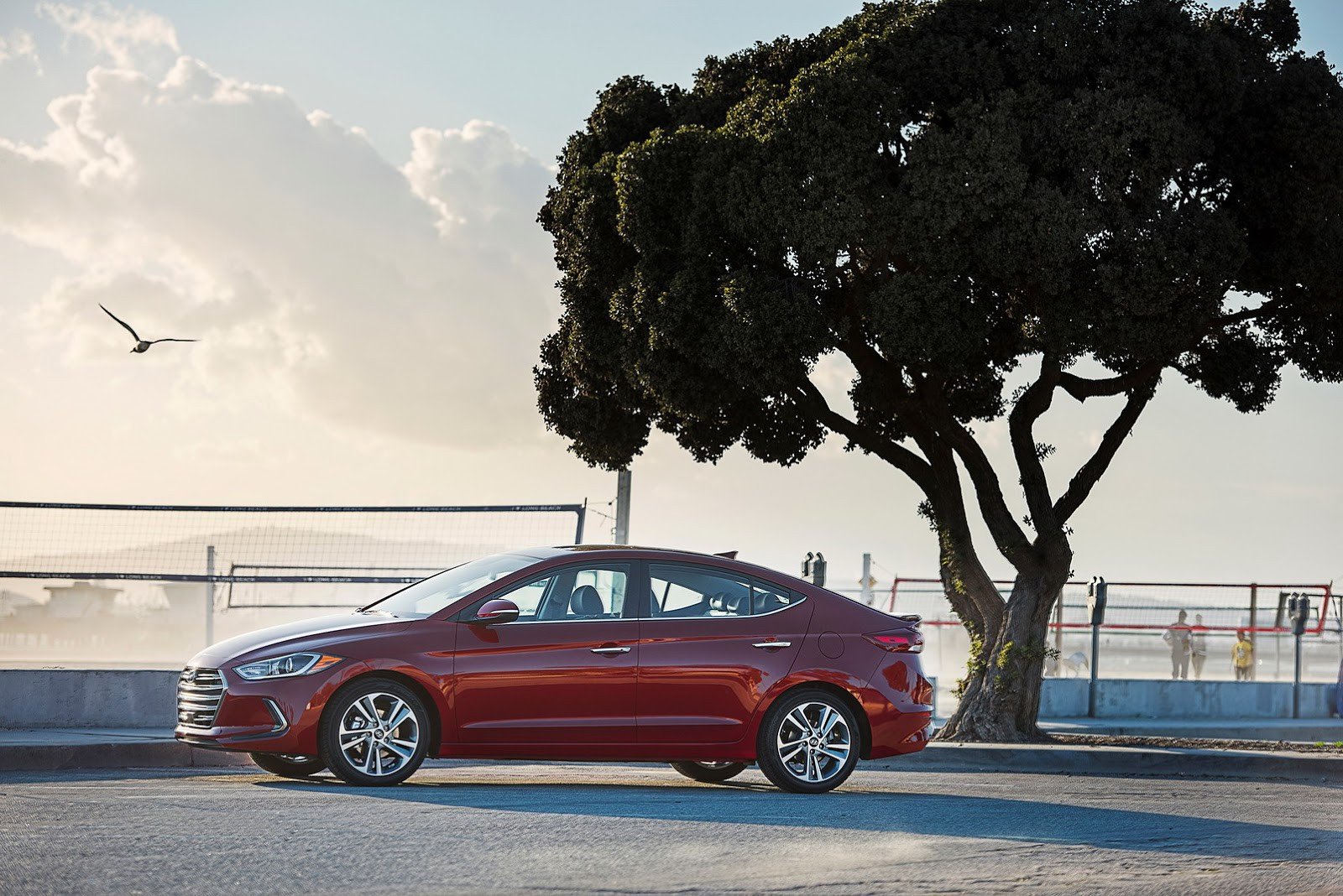
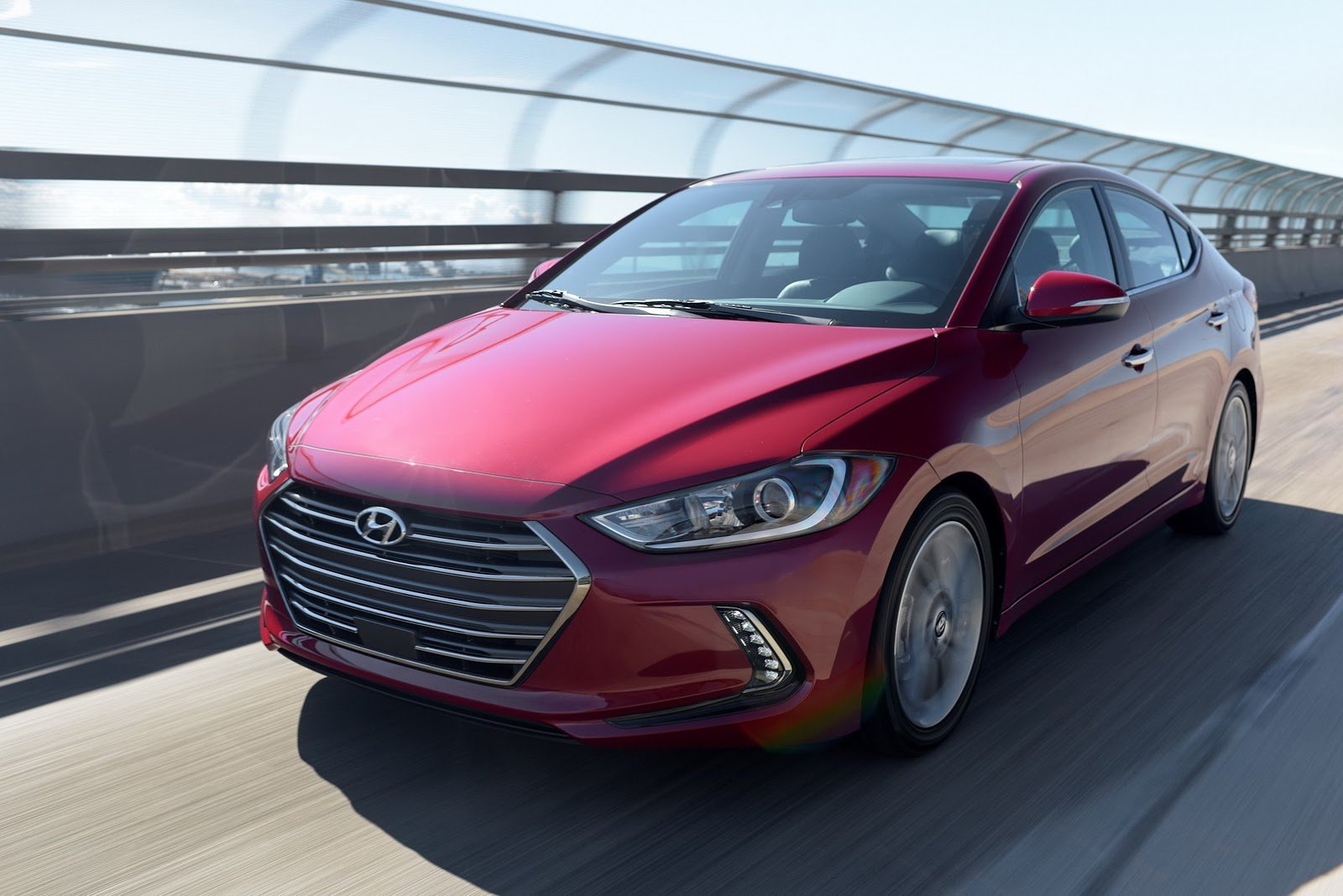
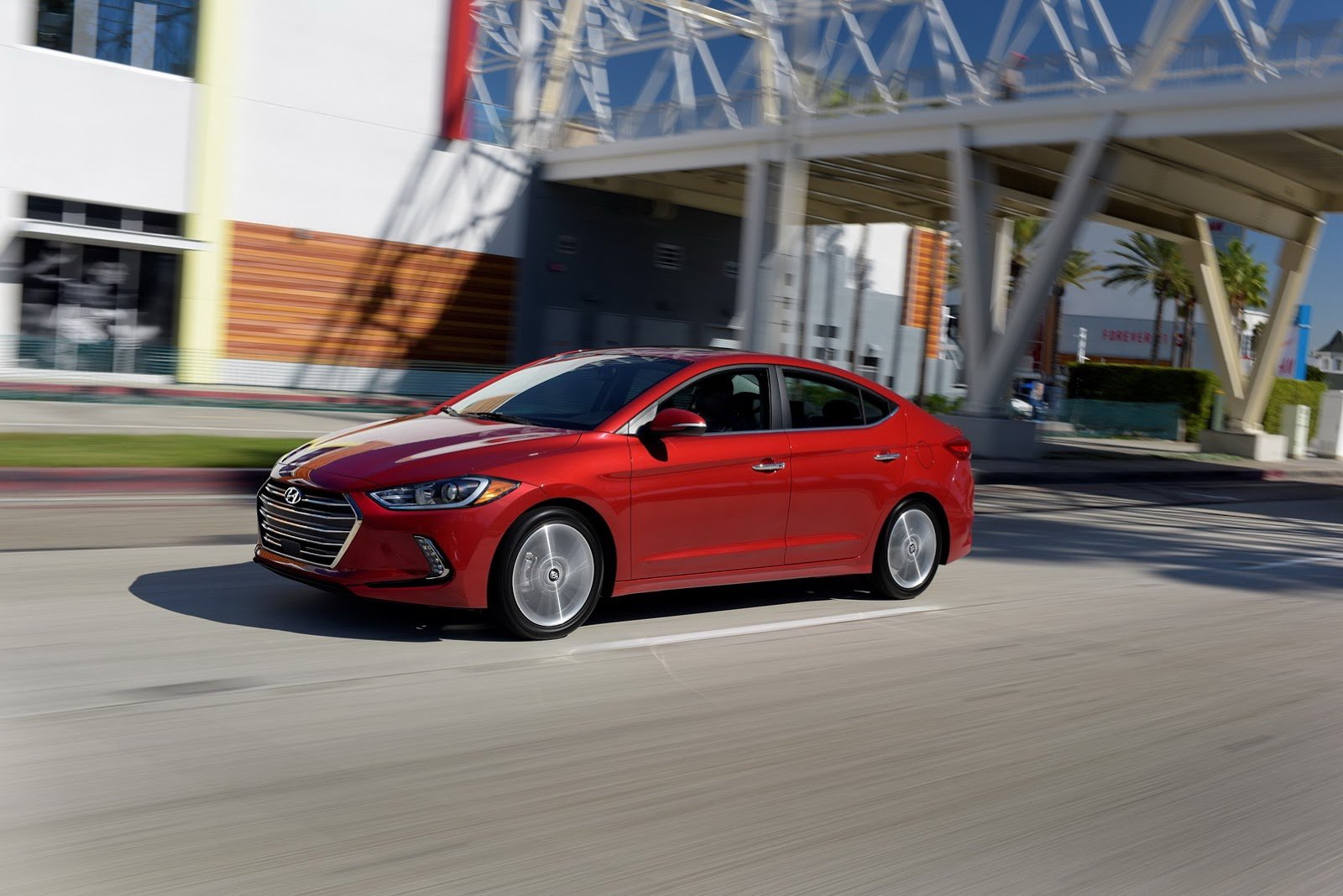
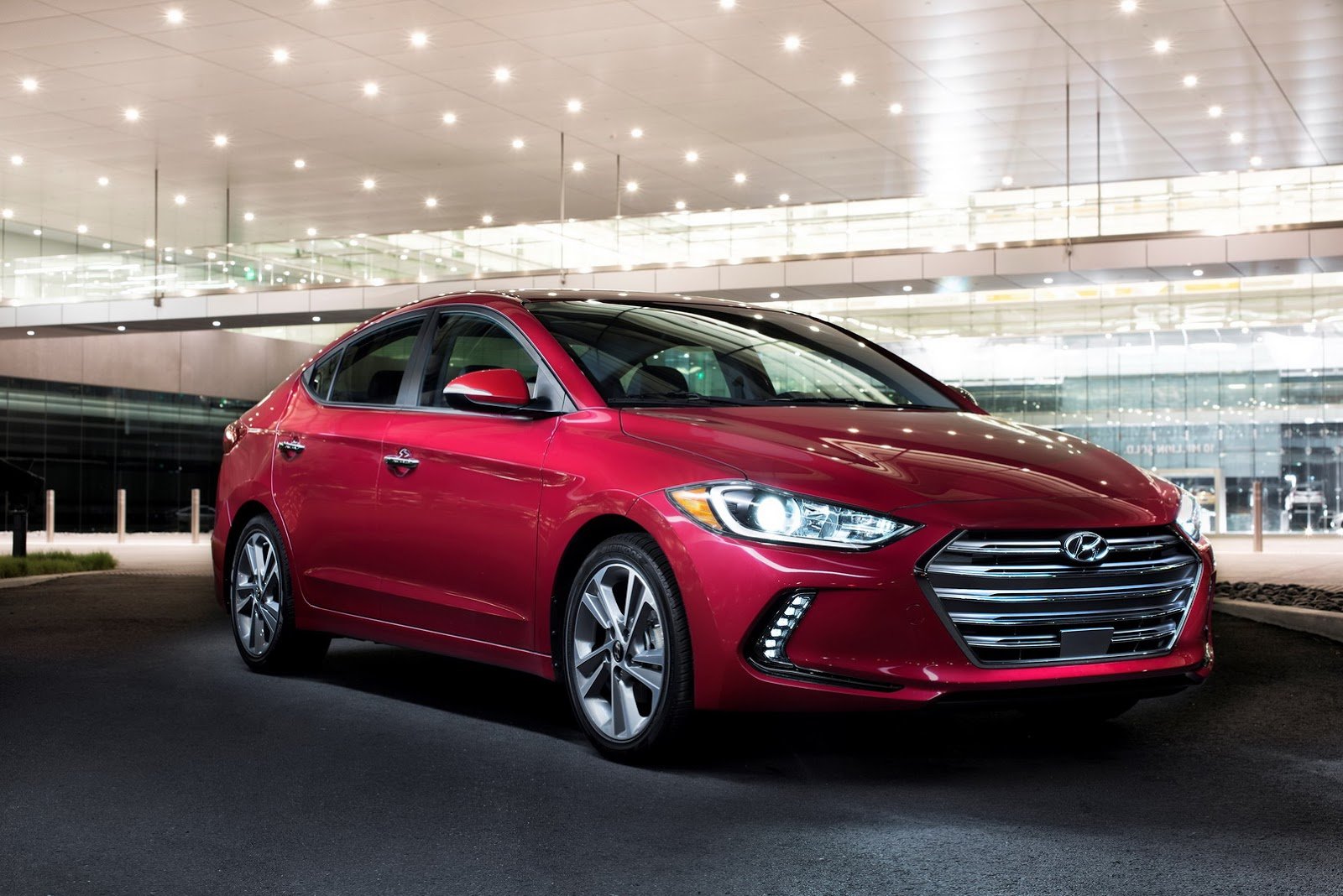
The 2015 Los Angeles motor show wasn’t the first venue where the redesigned Hyundai Elantra was shown, as it was originally revealed in Korea a few months back, but it did’t show the US-specific version at the venue.
How does it differ from the KDM variant? Well, nothing major is changed, and only the keen-eyed will notice the different grille which is finished in faux-chrome (to better suit American tastes, as KDM models get a gloss black finish instead of chrome). Oh, and US cars also gain LED daytime running lights, whereas Korean cars seem to feature traditional circular fog lights.
The new Elantra is nearly an inch longer and wider than the outgoing model, although it retains the same wheelbase and height. Hyundai also claims it has excellent drag coefficient credentials (0.27) which are similar to a VW Golf Mk 7’s but not as good as those of 1989’s Opel Calibra coupe…
Engine choice will be limited to either a 147 hp 2.0-liter naturally aspirated gasoline unit or a 1.4-liter turbo. Both mills are new and each has a unique set of traits. For instance, the larger engine is unique in that it uses the more efficient Atkinson cycle, usually reserved for hybridized vehicles and favored for its superior efficiency; it also has a fairly high compression ratio of 12.5:1.
The smaller turbo’s torque curve stays flat at 156 lb-ft from 1,400 up to 3,700 rpm and peak power comes in at a lowly 5,500 rpm.
Transmission choices are limited to a standard six-speed manual gearbox or an optional six-cog automatic.
The car also packs the latest Hyundai Blue Link infotainment system, as well as the manufacturer’s full raft of safety features; seven airbags are standard, as are ESC, traction control and a tire pressure monitoring system. Hyundai expects it to achieve the highest crash safety ratings from the Insurance Institute for Highway Safety (IIHS) as well as the National Highway Traffic Safety Administration.
